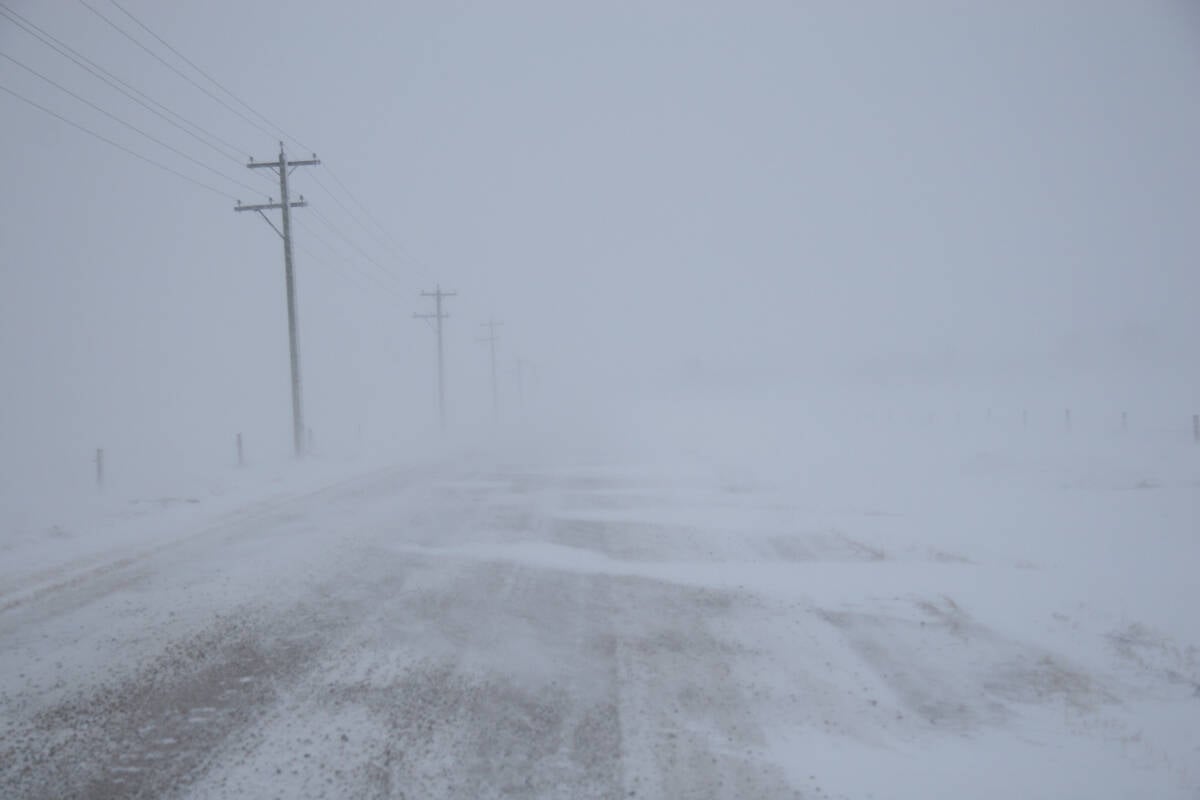The world could use a year of perfect growing weather to rebuild grain stocks, but so far, it doesn’t look like it will get one.
At home, more snow this week added to the expectation that there will be flooding and seeding delays on the Prairies.
It is a similar story in the U.S. northern grain belt, but a large part of the hard red winter wheat area is still dry. Above average temperatures this week in Kansas could further stress the crop.
Read Also

Volatile temperatures expected for this winter
DTN is forecasting a lot of temperature variability in the Canadian Prairies this winter. Precipitation should be close to average.
In Brazil, another week of excess rain during harvest is putting in doubt forecasts for a record 70 million tonne soybean crop there.
Russia’s government last week shaved down its forecast for the combined winter and summer harvest this year to 84 to 85 million tonnes, down from a previous forecast of 85 to 87 million. Private forecaster SovEcon put the crop even smaller, at 75 to 85 million tonnes.
That is more than last year’s drought-reduced crop, but below the five-year average. That raised the likelihood that Russia will keep its grain export ban in place until the end of 2011.
Agriculture Canada last week released a world wheat outlook for the coming year that provides modest price support.
It forecasts that global wheat and durum production will climb to 670 million tonnes from last year’s 647.6 million, due mostly to a return to more normal conditions in the former Soviet Union.
However, demand, which is forecast at 671.9 million tonnes, would again outstrip production, leading to a slight reduction in global stocks at the end of 2011-12 to 180 million tonnes from 181.9 million at the end of 201-11. The stocks-to-use ratio would be about steady at 27 percent.














